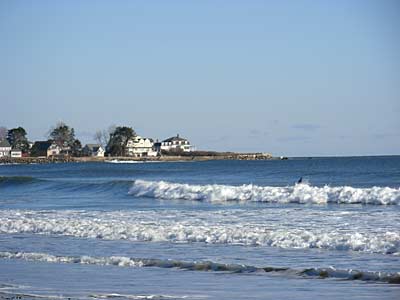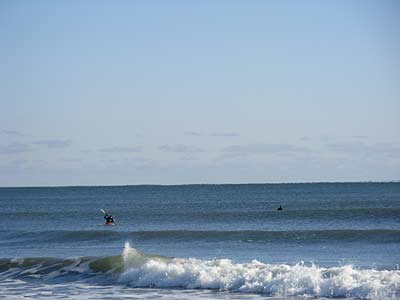Back in November, the week before the week of Thanksgiving, we went out to visit my mom in Idaho.
We got up ridiculously early on Saturday and caught a flight that got us to Salt Lake City before noon.
It was a turbulent flight with noisy babies along, but the view out of the window was beautiful once we got past clouds which covered the eastern half of the country. It looked as though a light snow had fallen the night before over most of the high plains. A lot of ground was bare, but you could see where snow had drifted against fences and into low spots of the landscape near streams or gullies.
When we phoned my mom to say we were in SLC, she said, “Well, you have plenty of time to see something along the way. You should stop at the Bear River wildlife sanctuary.” So we did.
There’s a relatively new visitor center, with a beautiful modern museum about birds, a fraction of a mile from the freeway exit. It’s the second visitor center to be built there in the past couple of decades; another one was destroyed by a flood (of that same Bear River, naturally) just a year after it was finished.
The Bear River flows into Great Salt Lake near Brigham City. There are many square miles of wetlands near where it enters the lake. There’s a one-lane dirt road along a causeway which forms a big square around a lot of it, with spectacular views of the Wasatch Mountains over the marsh.
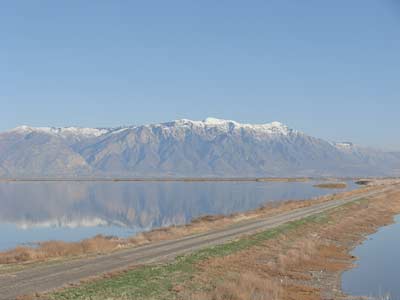
We didn’t see many birds, though the area is a major migration route for ducks and other water birds. Maybe it was a little too late in the season, or maybe the problem was that it was duck hunting season. Almost of the other people and vehicles we saw at parking lots along the way were duck hunters, with boats either painted in camouflage or covered with reeds to look like part of the marsh. At one parking area I spoke with a hunter who said it had been a kind of slow day. The three hunters in his party had just got five ducks for the day, two pintails, two greenheads (I guess he meant mallards) and a Norwegian (and I have no idea what kind of duck that is, but I sure hope it’s a duck.)
We drove to downtown Brigham City to look for a cafe and get a snack. We found a wonderful retro place called somebody’s cafe (maybe Mike’s? I can’t remember at this point) with walls covered with pictures and signs with cheerful slogans. The sign over the main street welcomes you to Brigham City, home of the world’s largest bird refuge.
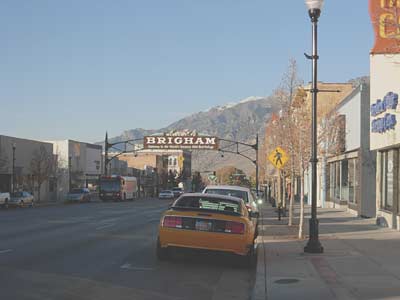
Monday night we went to a meeting of the association for the blind, again I forget the exact name, at the IHoP. The president of the group referred to us and my mom’s braille teacher, who was sitting with us, as “light-dependent people.” The group had just received a van previously used by the Idaho Falls senior center, thanks to a couple of big donations. Our waiter was new on the job and didn’t have the foggiest idea of how to be a waiter. The food was so slow in getting to us that my mom’s braille teacher asked for hers to go, because she had to be somewhere at the time the meeting should have broken up, but that time turned out to be when the food got to us.
One afternoon Arlene and I drove up to Idaho Falls to visit the Museum of Idaho. We stopped at the highway rest area at the lava flow called “Hell’s Half Acre”, which is really many many acres with self-guided trails, and walked all along them. This is scenery and vegetation we don’t have in New England (although I could find you a few cactus growing wild in New England if you pressed me.)
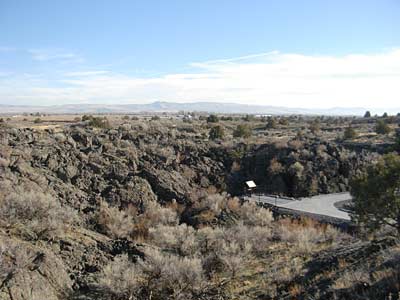

Of course my mom’s dogs Dixie and Tsu-Ra were major presences —
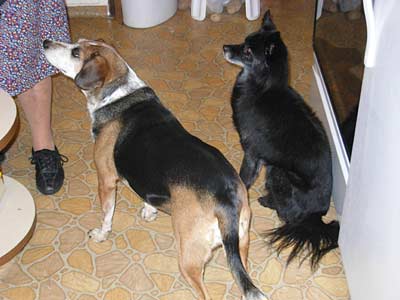

Thursday evening we went to the university, first to a meeting of Move On which was gathering pictures and petitions to send congress in support of Obama’s campaign promises, and second to a movie “Expiration Date“. It’s a story an old indian tells a young boy who’s thinking of taking the bus off the reservation to the big city, about Charley Silvercloud III, whose grandfather and father were both killed by milk trucks on their 25 birthday. Charley is a week short of 25 as the story opens. If the movie comes to West Newton or the Embassy, or if you get a chance to see it on the Sundance Channel, you’ll enjoy it greatly.
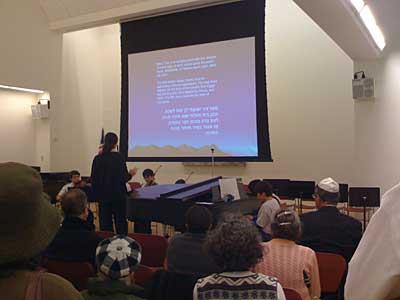
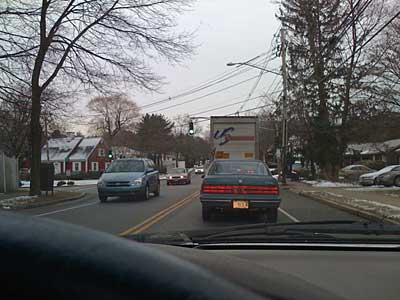
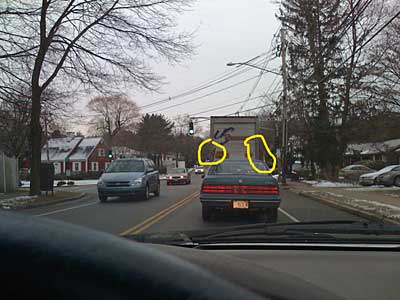
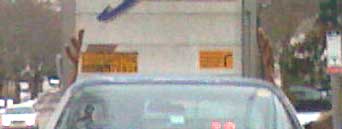
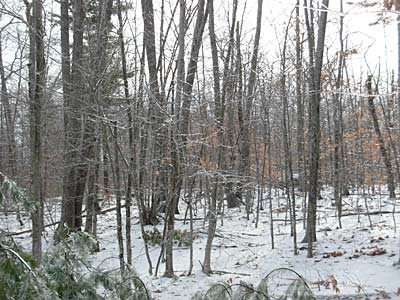
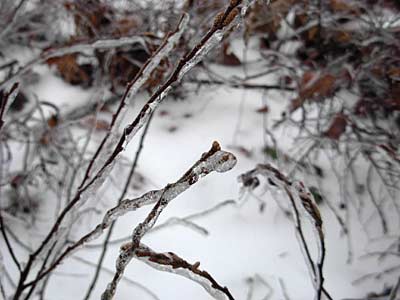
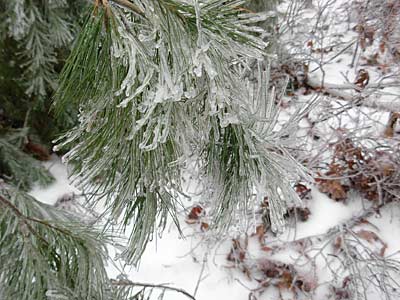
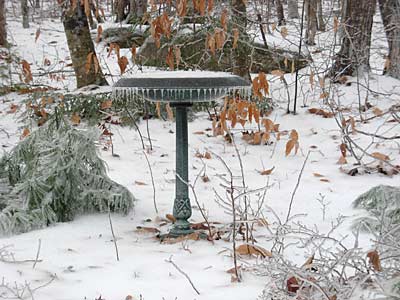
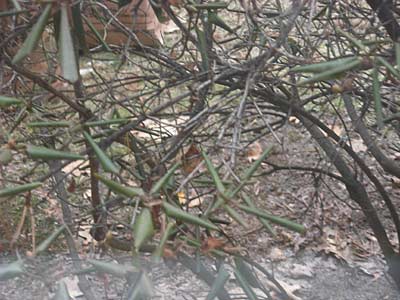 PJM rhodo — dress warmly. When it’s really cold, this one’s leaves look like bunches of pine needles.
PJM rhodo — dress warmly. When it’s really cold, this one’s leaves look like bunches of pine needles.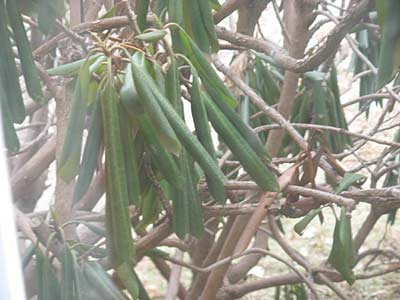 Large-leafed rhodo — dress warmly.
Large-leafed rhodo — dress warmly.
